Once you have met your and your family’s immediate needs after an earthquake, continue to follow the plan you prepared in advance (see Step 2). Aftershocks will continue to happen for several weeks after major earthquakes. Some may be large enough to cause additional damage. Always be ready to drop, cover, and hold on.

Your recovery period can take several weeks to months or longer. Take the actions listed below to be safe and to minimize the long-term effects of the earthquake on your life.

> Stay away from the coast until officials reopen the area for you to return.
> The first surge is almost never the largest. The largest waves may arrive hours after the first. Successive surges will arrive at irregular intervals spaced minutes to tens of minutes apart. The danger period may last eight hours or longer.
> Never go to the coast to watch a tsunami.
> Tsunamis move faster than a person can run. Incoming traffic hampers safe and timely evacuation of coastal areas.
> Listen to the radio for updates on the hazard and for instructions on what to do.
The first days after the earthquake…
Use the information you put together in your disaster plan and the supplies you organized in your disaster kits. Until you are sure there are no gas leaks, do not use open flames (lighters, matches, candles, or grills) or operate any electrical or mechanical device that can create a spark (light switches, generators, motor vehicles, etc.). Never use the following indoors: camp stoves, gas lanterns or heaters, gas or charcoal grills, or gas generators. These can release deadly carbon monoxide or be a fire hazard in aftershocks.
Be in communication
- Turn on your portable or car radio for information and safety advisories.
- Place all phones back on their cradles.
- Call your out-of-area contact, tell them your status, then stay off the phone. Emergency responders need to use the phone lines for life-saving communications.
- Check on the condition of your neighbors.
Food and water
- If power is off, plan meals to use up refrigerated and frozen foods first. If you keep the door closed, food in your freezer may be good for a couple of days.
- Listen to your radio for safety advisories.
- If your water is off or unsafe, you can drink from water heaters, melted ice cubes, or canned vegetables. Avoid drinking water from swimming pools or spas.
- Do not eat or drink anything from open containers that are near shattered glass.
The first weeks after the earthquake…
This is a time of transition. Although aftershocks may continue, you will now work toward getting your life, your home and family, and your routines back in order. Emotional care and recovery are just as important as healing physical injuries and rebuilding a home. Make sure your home is safe to occupy and not in danger of collapse in aftershocks. If you were able to remain in your home or return to it after a few days, you will have a variety of tasks to accomplish:
- If your gas was turned off, you will need to arrange for the gas company to turn it back on.
- If the electricity went off and then came back on, check your appliances and electronic equipment for damage.
- If water lines broke, look for water damage.
- Locate and/or replace critical documents that may have been misplaced, damaged, or destroyed.
- Contact your insurance agent or company right away to begin your claims process.
- Contact the Federal Emergency Management Agency (FEMA) to find out about financial assistance by visiting www.fema.gov/assistance.
If you cannot stay in your home…
 Sleeping bags and flashlights may be quite handy in the days or weeks after a major earthquake.
Sleeping bags and flashlights may be quite handy in the days or weeks after a major earthquake.If your home is structurally unsafe or threatened by a fire or other hazard, you need to evacuate. However, shelters may be overcrowded and initially lack basic services, so do not leave home just because utilities are out of service or your home and its contents have suffered moderate damage.
If you evacuate, tell a neighbor and your out-of-area contact where you are going. As soon as possible, set up an alternative mailing address with the post office. Take the following, if possible, when you evacuate:
- Personal emergency supplies kits
- Medications and eyewear
- Supply of water, food, and snacks
- Blanket/pillow/air mattress or sleeping pad
- Change of clothing and a jacket
- Towel and washcloth
- Diapers, food, and other supplies for infants
- A few family pictures or other comfort items
- Personal identification and copies of household and health insurance information.
Do not take to a shelter:
- Pets (Service animals for people with disabilities are allow; take food for them. Have a plan for your pets in advance.)
- Large quantities of unnecessary clothing or other personal items
- Valuables that might be lost, stolen, or take up needed space
Once a Presidential Declaration has been issues, FEMA may activate the Individuals and Households Program (www.fema.gov/assistance). This program includes:
- Home-repair cash grants; the maximum Federal grant available (as of 2005) is $26,200
- Housing Assistance in the form of reimbursement for short-term lodging at a hotel
- Rental assistance for as long as 18 months in the form of cash payment
- If no other housing available, FEMA may provide mobile homes or other temporary housing

Once you have recovered from the earthquake, go back to Step 1 and do the things you did not do before, or do them more thoroughly. Learn from what happened during the earthquake so you will be safer and recover more quickly next time.




